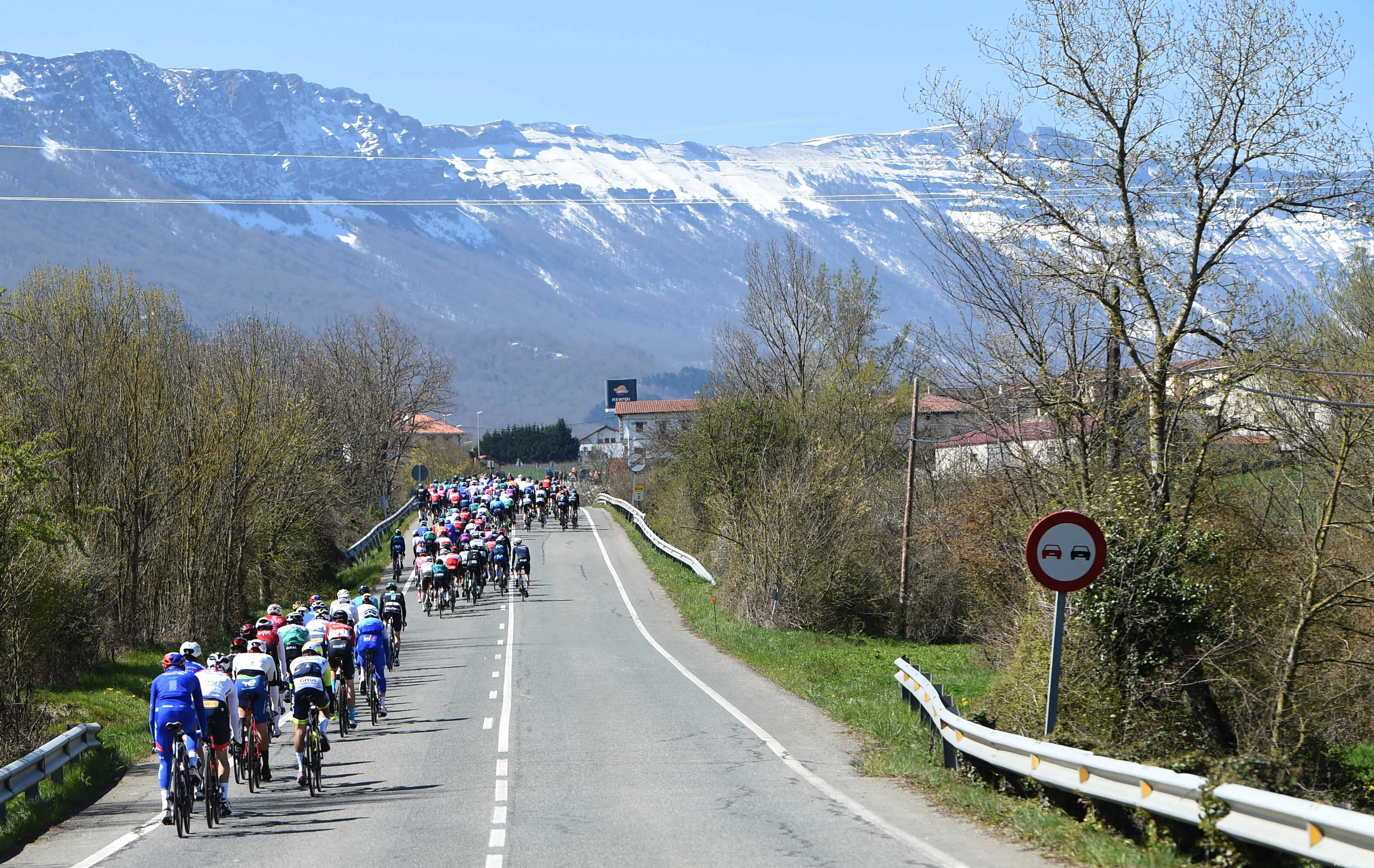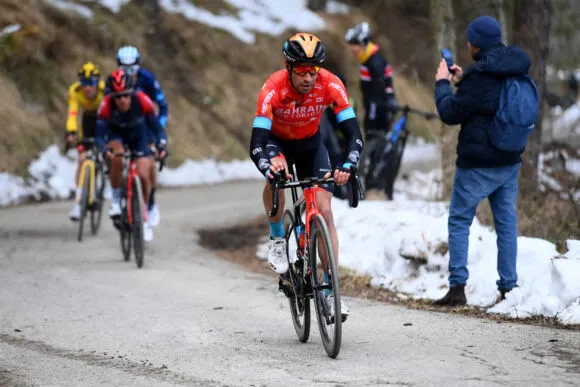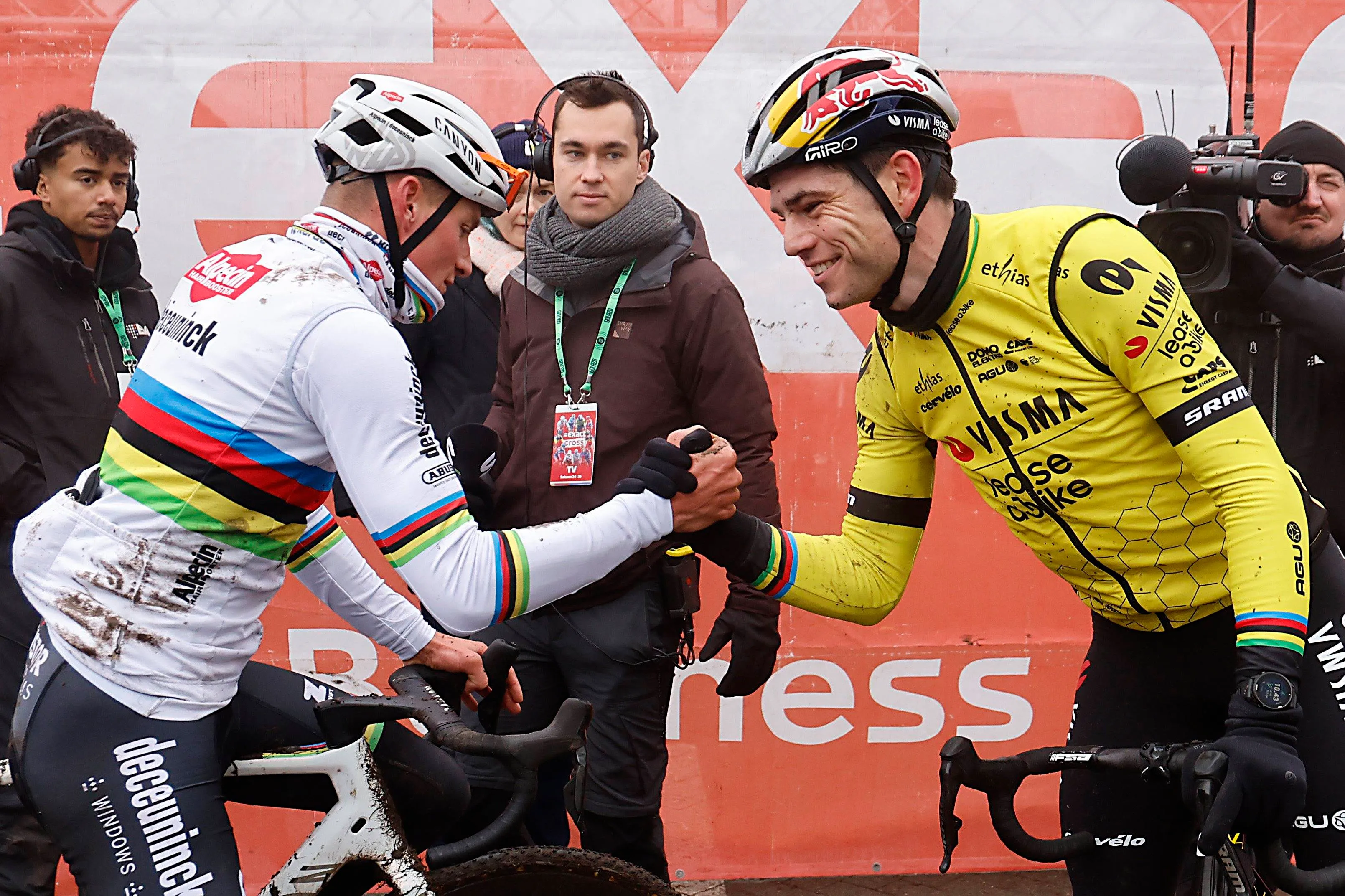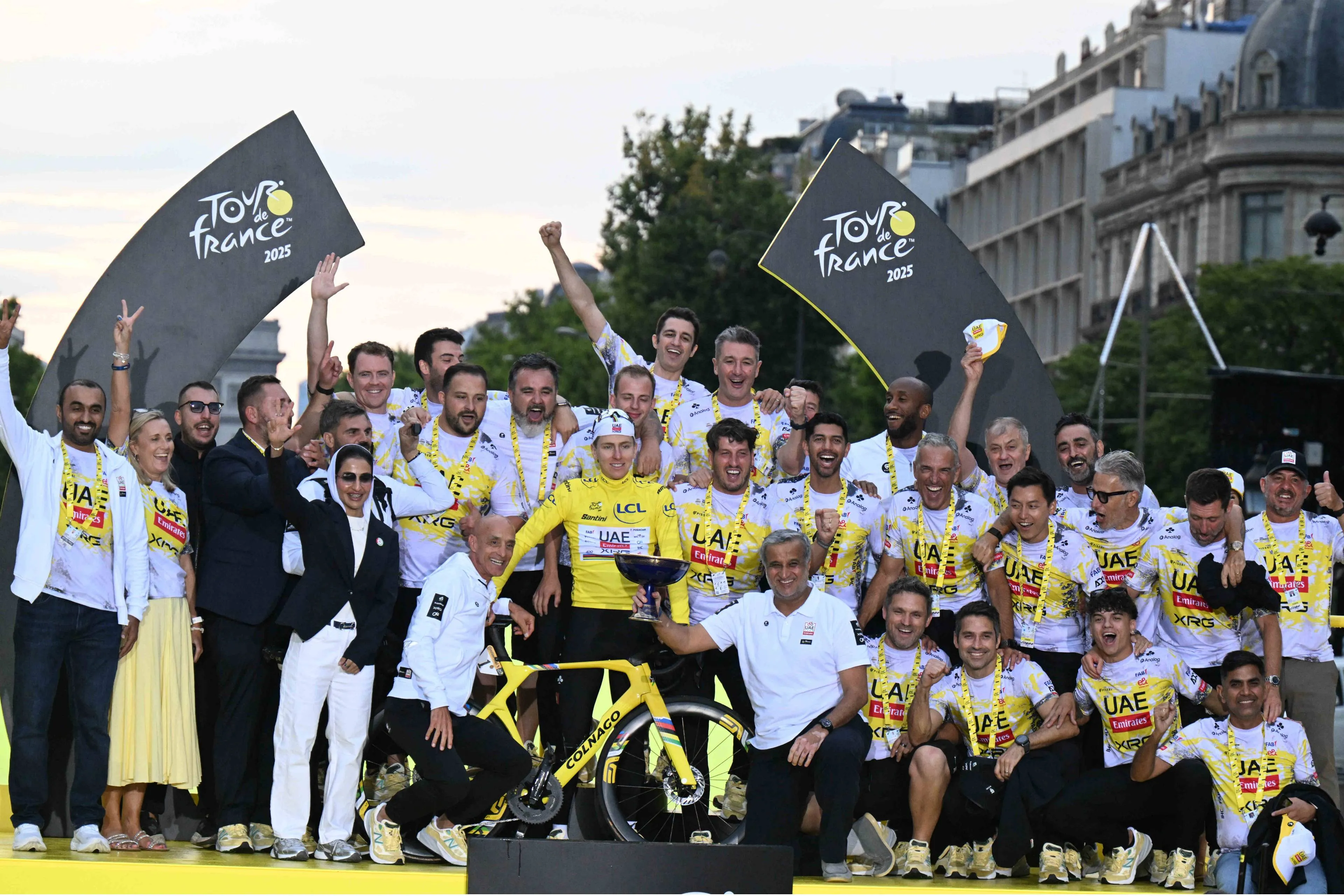
Perhaps the most important run-up race to the Giro d'Italia is the Tour of the Alps. In the past called Giro del Trentino, the five-day stage-race presents the peloton with a wide variety of mountainous stages in the Alps before the get into the mountains once again in the coming month.
Read also

Stage 1: Cles - Primiero/S. Martino di Castrozza, 161Km

Stage 1 Finale
3700 meters of climbing in the opening day of the race. It is a chaotic one, with no predictable outcome in sight as the stage starts off calmly in the first half, however the second half sees virtually no flat roads. The main feature of the day is the long Passo Brocon ascent. On profile is only the second half, with is 12Km long at over 6% and officially, the climb summits with 45.5 kilometers to go before dissenting into the final circuit.
In the final loop you find some rolling climbs, just before it the Passo Gobera with 24.5 kilometers to go, and in the final kilometers - which will be ridden twice - there is a small hilltop with around 1.5Km and some tough ramps. Anything can happen, a reduced bunch sprint, a late attack, a small group sprint, nothing can be counted out.

Stage 2: Primiero/S. Martino di Castrozza - Lana, 154Km

Passo Rolle: 20.4Km at 6%

Passo Mendola, 17.3Km at 6.5%
The second day is a stage that can play out for the GC, however if so the moves mandatorily have to come from far. At the start of the stage maybe? If it doesn’t happen its because the riders choose not to, because the opening 22 kilometers are all uphill into the 2000 meter-mark with tough gradients. If it doesn’t go there, the Passo Mendola is another spot where it may. Again, such an understated ascent, it’s a traditional Alpine pass with tremendous distance and constant hard gradients. It summits with 50 kilometers to go, however it is the most logic place to attack the stage.
After a small descent the riders will go up the uncategorized Passo delle Palade which is 13 kilometers long at around 4% average. If the race is harshly attack, with no doubt this ascent can do some damage, however the gradients aren’t rough and slipstreaming is very present. Besides, any rider that goes up the previous mountains in front will surely not be put into serious uncomfort here, it summits with 26 kilometers to go though and antecedes a long descent that leads to the final 10 flat kilometers.

Stage 3: Lana - Villabassa, 154Km

Passo Furcia, 7.8Km at 7.2%
The third stage of the race and another one in which the organizers have thought of long-range attacks. Unofficially, the decisive ascent is almost 20 kilometers long which makes it slightly harder than what the profile indicates. There is a gradual rise until the riders get on te proper slopes of the Passo Furcia, a climb that will have it’s summit with 23 kilometers to go from the finish. It’s main difficulty are it’s final 6 kilometers which average around 9%, it has some tough ramps and is at quite a high altitude, more than enough to cause havoc even between the best.
A technical descent will follow, which leaves the riders in the run-up to Niederdorf, in which the final 13 kilometers are generally flat.

Stage 4: Villabassa - Kals am Grossglockner, 142Km

Klas am Grossglockner, 12.4Km at 4.2%
The fourth stage of the race may perhaps be categorized as the easiest, however it is the only one which sees a summit finish as the riders head into Austria for the final two days of racing. None of the climbs on the day are steep, but instead more rolling. The battle for the stage win - and overall classification, if it happens - will happen on the slopes of the final ascent to Kals Am Grossglockner.
It is an ascent that can be split into several parts, I will refer to the two main. The first 3.5 kilometers average arond 8-9% and if attacks are to come, likely it will be here as the slopes are at it’s hardest. However, there’s a lot of climbing ahead, so tactics will matter. After a flat section, there will be a more gradient rise to the line. From 6 to 2.5Km to go the average will be around 6-7% and with the proximity to the finish it may also spark some moves. A combination of flat and false-flat will then lead to the finish line.

Stage 5: Lienz - Lienz, 114Km

Bannberg, 5.5Km at 10.2%

Stronach: 3.2Km at 11.8%
The final stage will take place inside Austrian territory fully. It is 114 kilometers long, short and explosive. The Bannberg is a brutal climb, it’s summit is far from the finish, however the rough sequence of climbs that follows may be a motivating factor for moves, it has the potential to completely blow the peloton to bits.
The ascents of Bichl (64 kilometers to go) and the Bannberg again, albeit through an easier side (32 kilometers to go) will soften up the legs in the peloton, but if moves don’t go on the first climb of the day then everyone will wait for the final climb and with good reason. Stronach is the typical steep, short and explosive Austrian climb. On the outskirts of Lienz, it is a road that goes up residential neighborhoods, but in this case there won’t be many who will be able to enjoy the view to the valley as the gradients bite severely. It’s the steepest, and last true climb of the race, 3.2 kilometers long at 11.8% and serious differences can be made on it. It summits with only 9.2 kilometers to go.
A fast descent will lead the riders back into Lienz, and the finish line will be on a small hilltop, which will still see some double-digit gradients close to the line, and will make it an exciting finale to the race.
claps 0visitors 0
Just in
Popular news
Latest comments
- I dont know about winning but he has certainly shown that he can lose one.abstractengineer19-12-2025
- Unfair points system!!!. Its the same system under which Virenque won 7 polka dots. But then he cheats so how can he call it unfair.abstractengineer19-12-2025
- Yes being favorites, being 3 to 1 and not winning is worst, 2nd time in history, both times Belgiansabstractengineer19-12-2025
- Uijtdebroeks is just a malcontent. he has never won anything. he will do nothing with Movistar. I would let Remco go for 7 million too. he's great, but not worth it. pay 10 million for Ayuso? also nuts.mij19-12-2025
- interesting Mads got 2nd at Flanders, and he isn't even mentioned by Wout LOL. makes me laugh how he is so overlooked.mij19-12-2025
- I think a 3 v 1 finish with the 1 being a good rider, but not great, is close to humiliation.mij19-12-2025
- These whiners simply want to keep their hold in the highest echelons of the sport without having to perform well enough to please their sponsors and remain there. Cycling has been "unsustainable" ...for 130 years! If Vaughters wants to leave the sport, there will be hundreds of teams happy to ride the Tour and the biggest races in the world in his place. That's what happens when there's a ton of supply of teams and a limited amount of demand for teams at the highest level! -An Economistacem8219-12-2025
- If she was Dutch or Belgian she'd have already sorted a team out. Unfortunately, the CX teams are pretty insular to 'foreigners' and would rather give a spot to a local rider. And that is one reason why the sport is niche outside its heartland.wipperman9519-12-2025
- Dear Editor: It is no humiliation to make the final, even with two riders, and not get it perfect against another talented rider. Disappointment, sure.itsent18-12-2025
- I luv this guy ,so honest puts the hand up ..."my fault.".. I would be stoked to see him win his big monuments ... i think he would be a great team mate and friend.Davide18-12-2025
Loading
Write a comment








